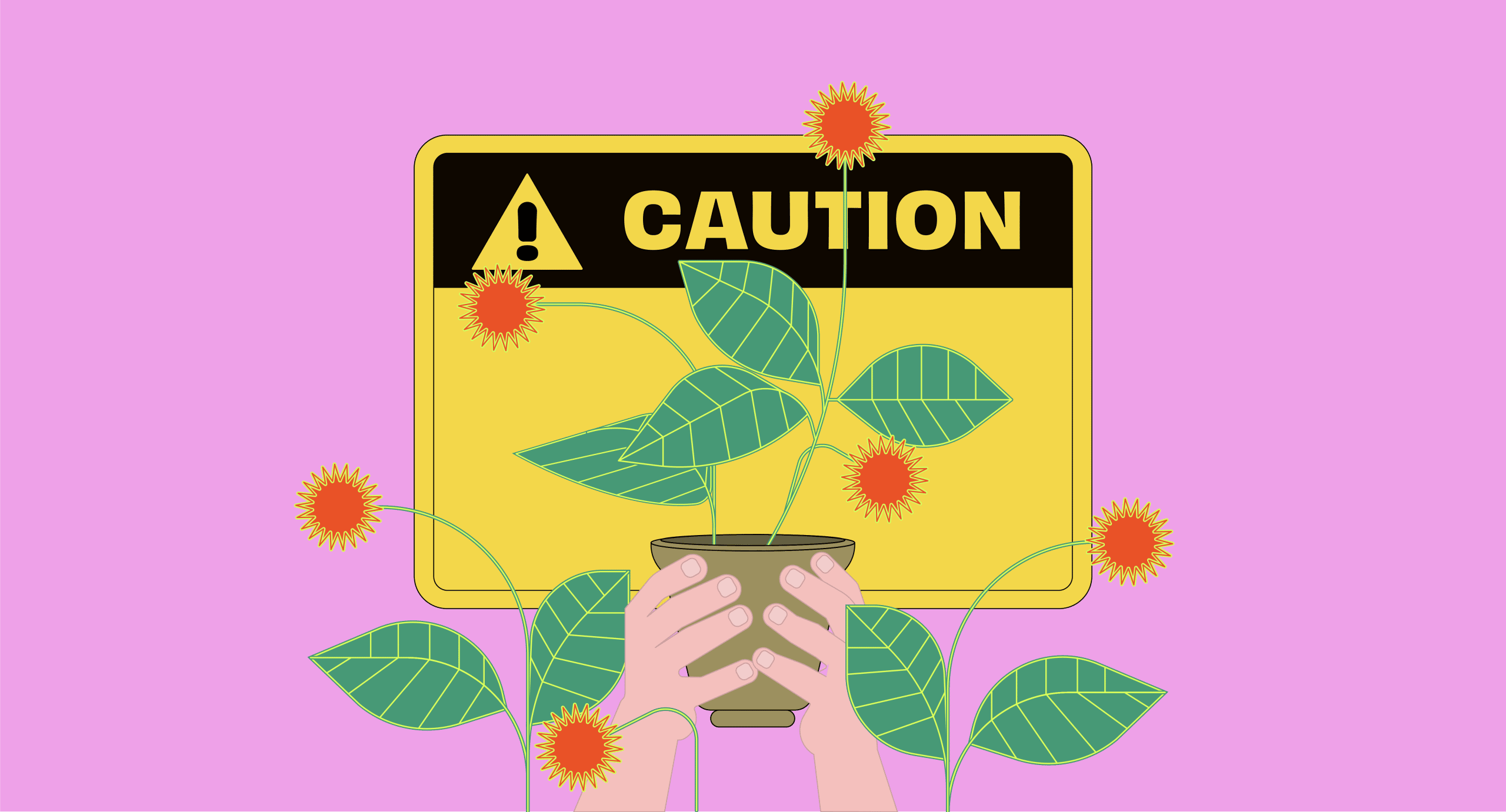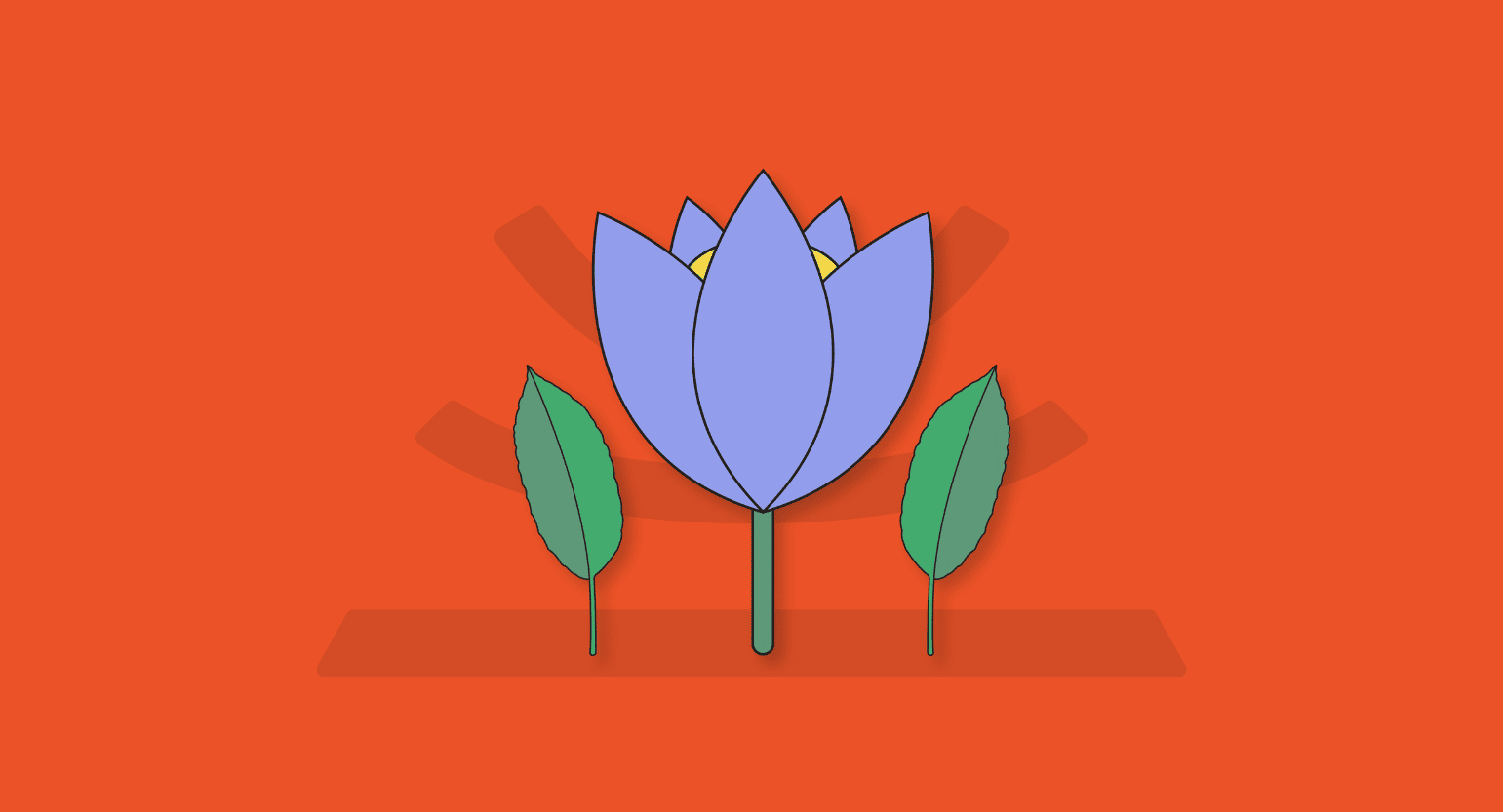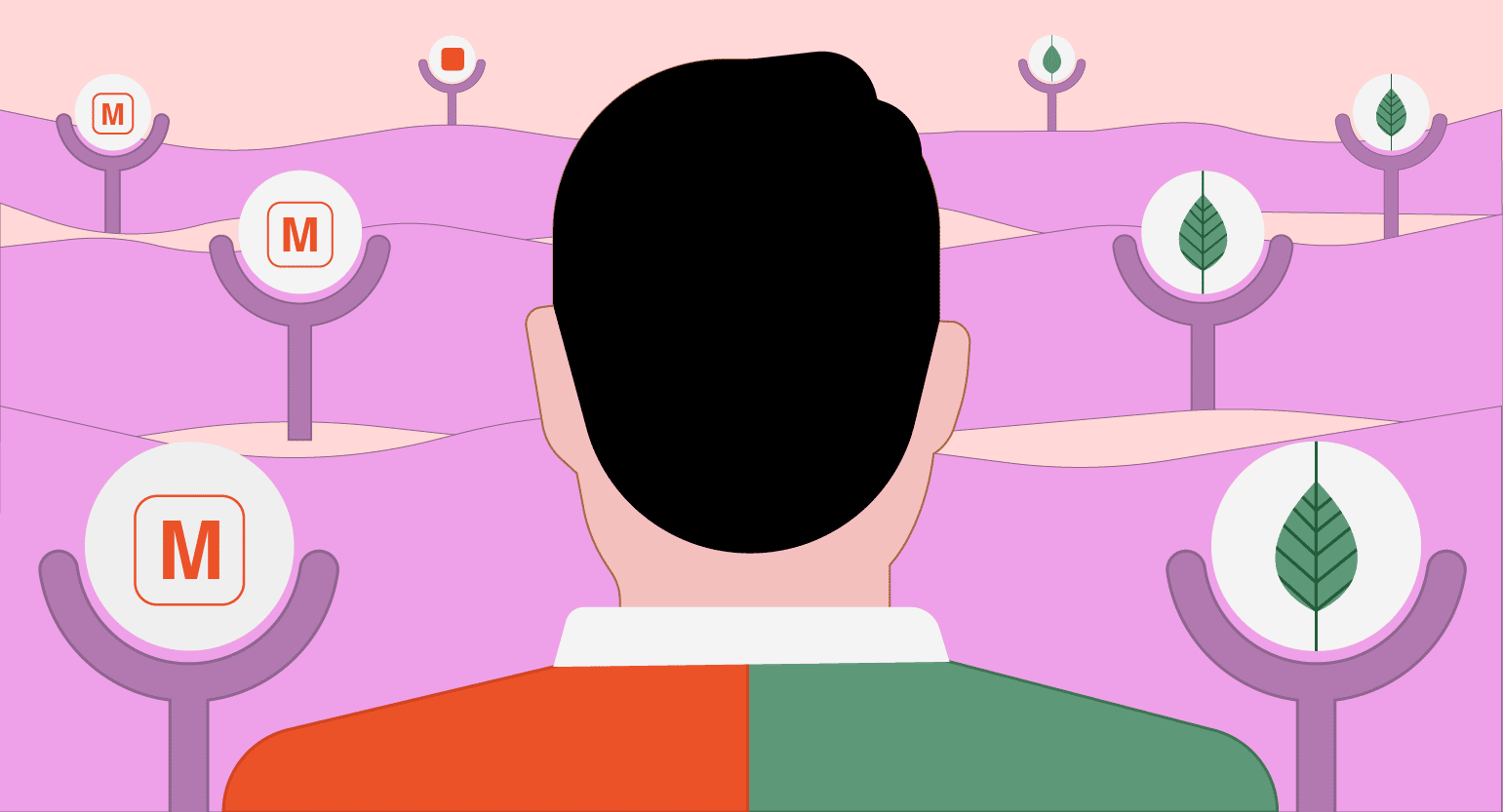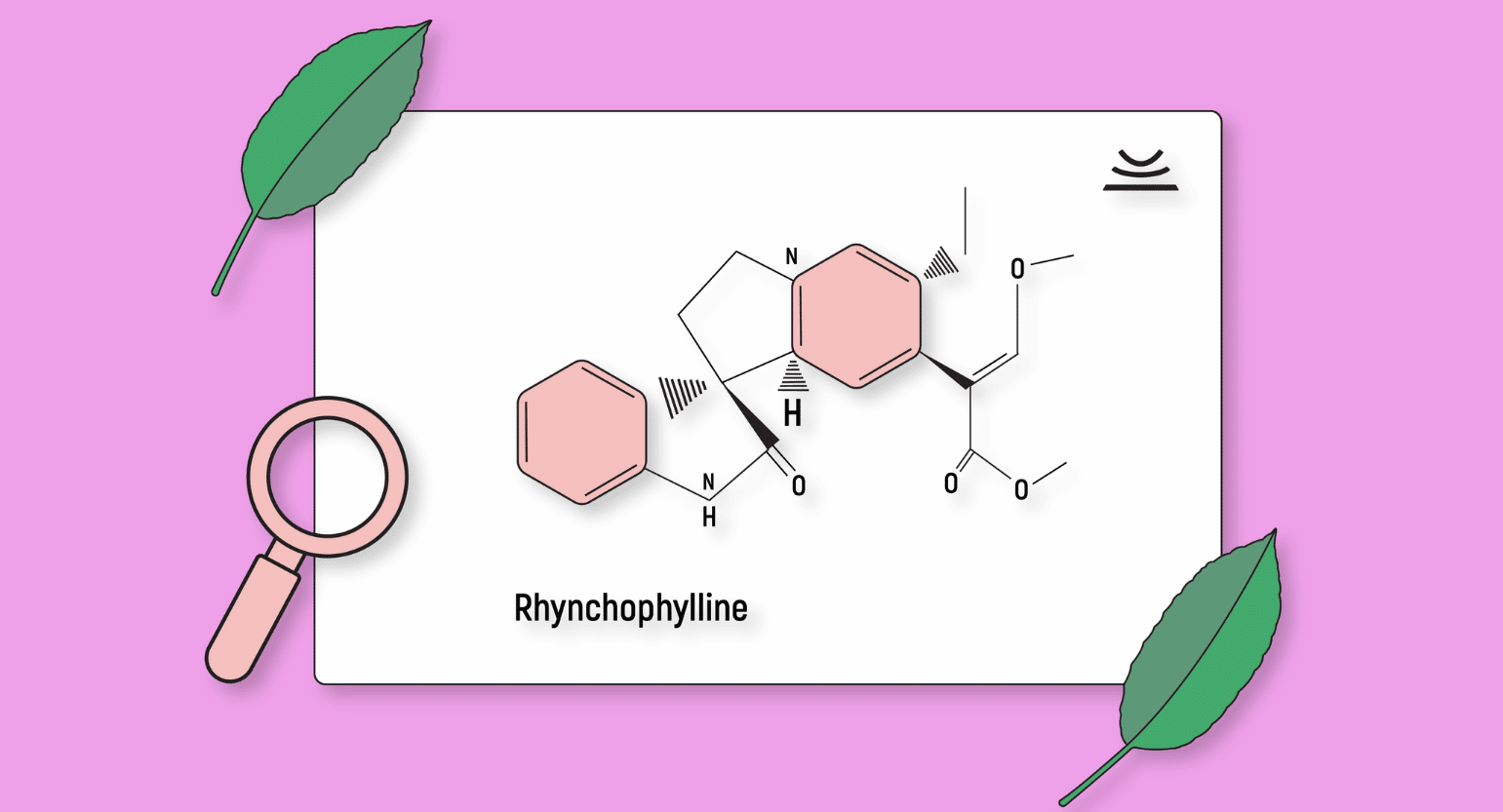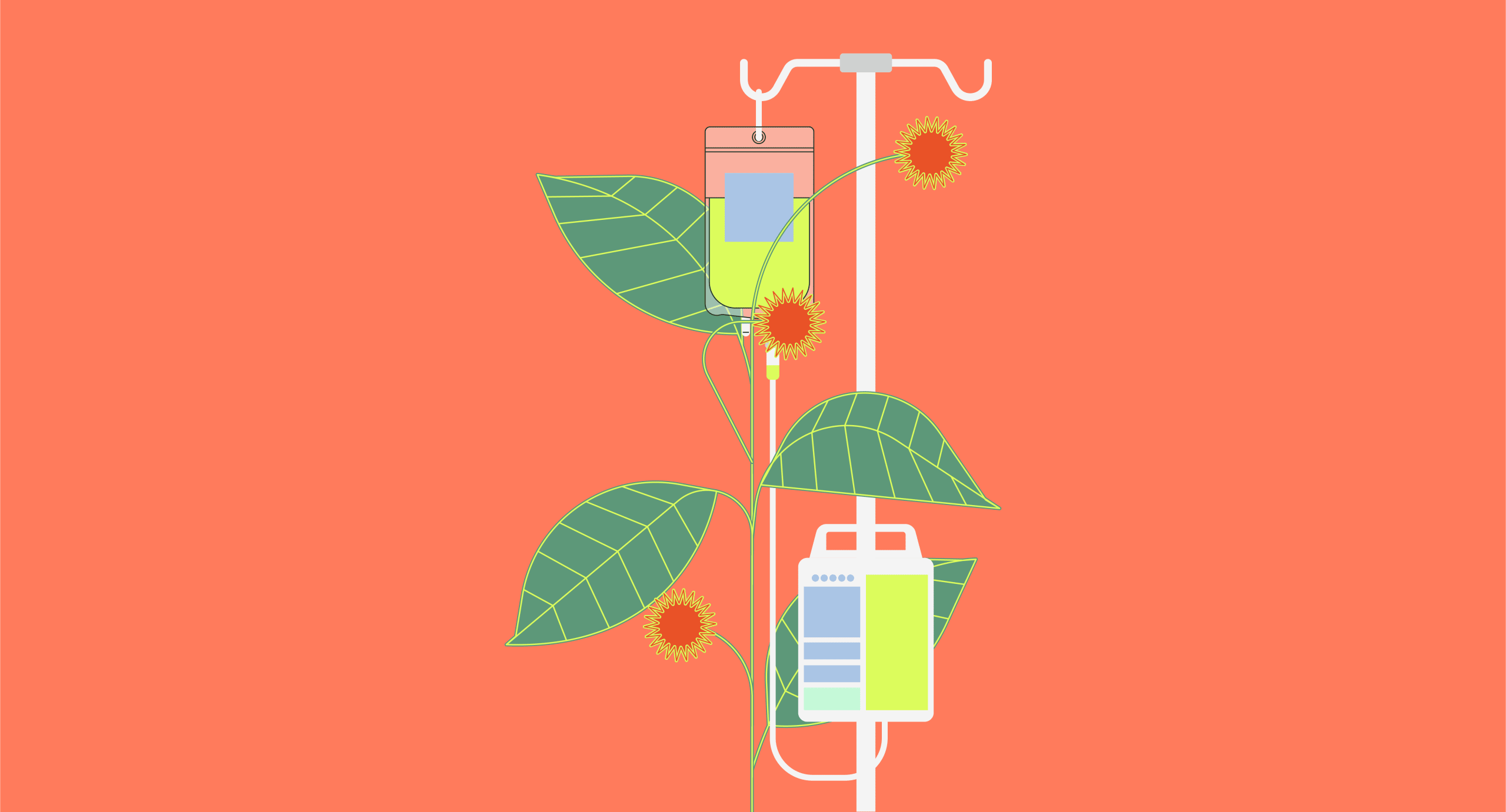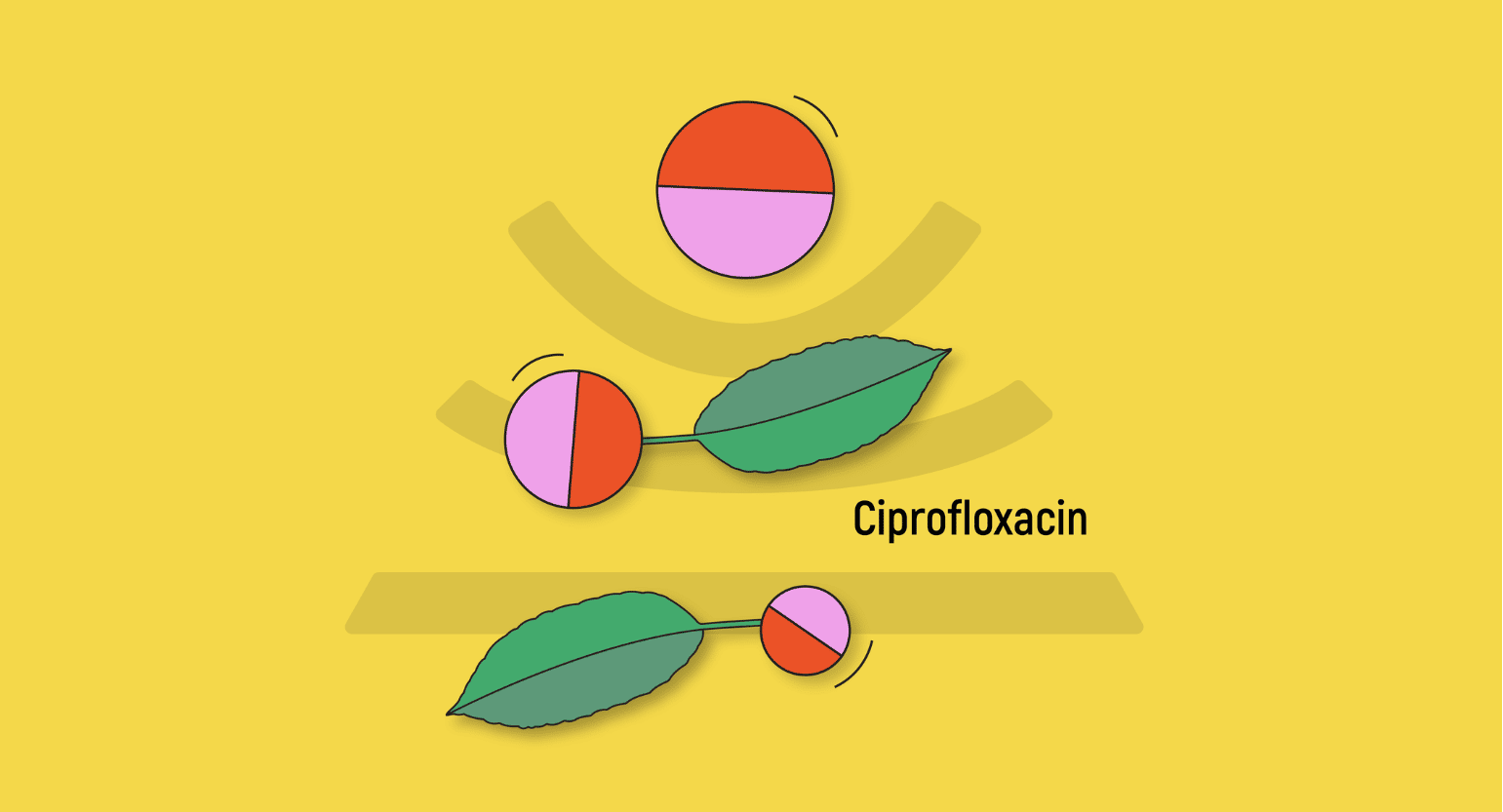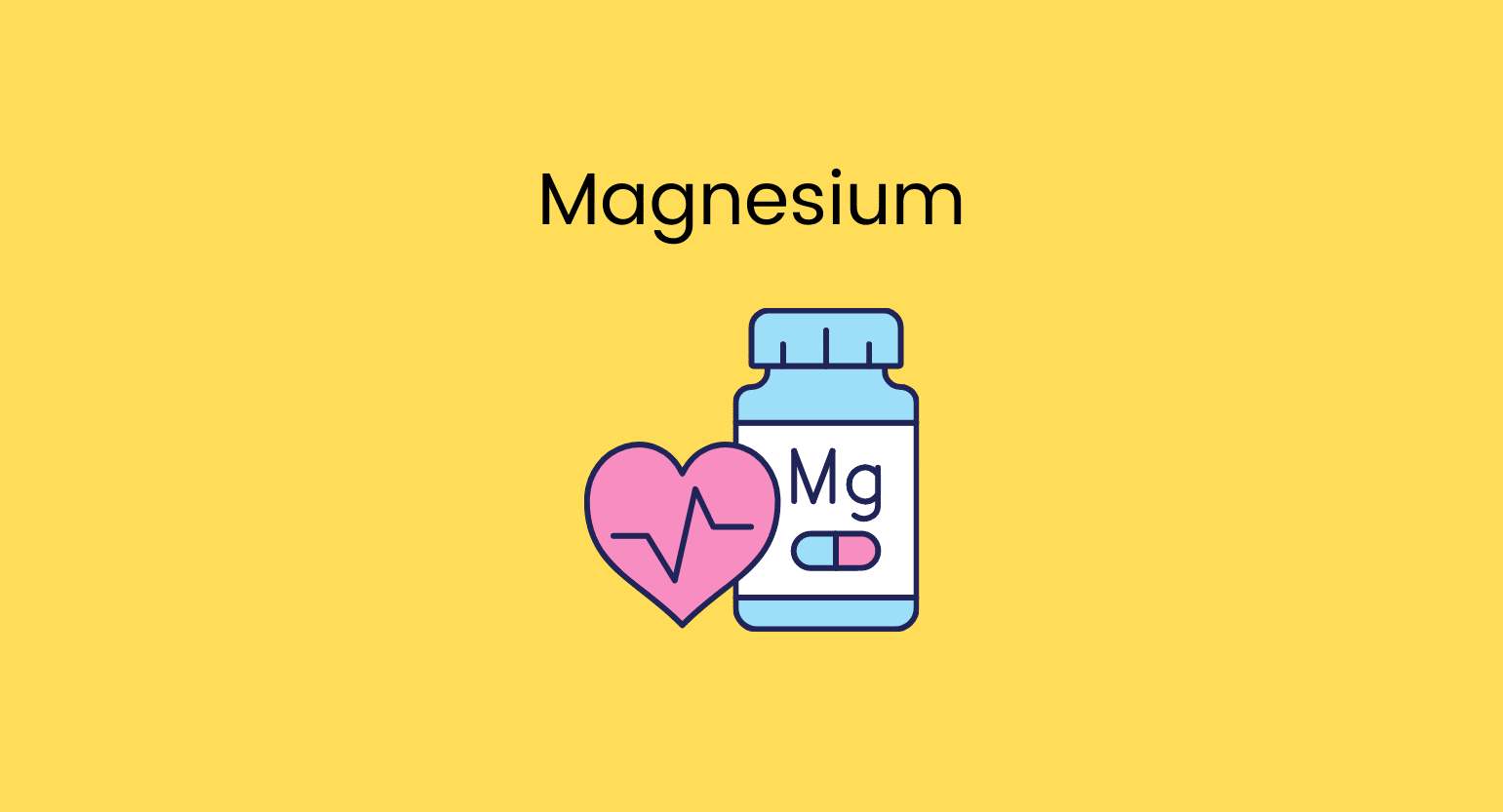Comparison Summary: Kratom vs. DXM
| Kratom | DXM | |
| Dosage Range | 2.5 to 10 g daily | 15-30 mg daily |
| Common Side Effects | Acid reflux, headaches, nausea, flatulence, & skin rashes | Nausea, vomiting, dizziness, drowsiness, & serious allergic reactions |
| Origin | Southeast Asia | Synthetic |
| Addictive? | Low | High |
| Mechanism | Interacts with opioid receptors | Blocks NDMA receptors |
What is DXM?
DXM is found in more than 125 different OTC products. Its primary function is to suppress coughs and alleviate cold symptoms.
At the recommended doses of 15-30 mg daily, it can effectively relieve coughs, but above this level, it can cause serious side effects.
DXM quickly replaced codeine, which was banned nationwide in the U.S. back in the 1970s.
Studies have shown that the primary mechanism of action for DXM is its ability to block the NMDA receptors. It works similarly to phencyclidine (PCP) and the popular dissociative drug ketamine.
There are high rates of recreational use, and DEA research has outlined specific plateaus or “levels” of effects when taking DXM according to the dose:
- First Plateau (100-200 mg) — Mild stimulation & drunkenness
- Second Plateau (200–400 mg) — Euphoria & hallucinations
- Third Plateau (300–600 mg) — Profound distortions in visual & auditory perception
- Fourth Plateau (500–1500 mg) — Complete dissociation & sedation
These plateaus and the effects of DXM will vary depending on the person. It depends on gender, body weight, and tolerance to the drug.
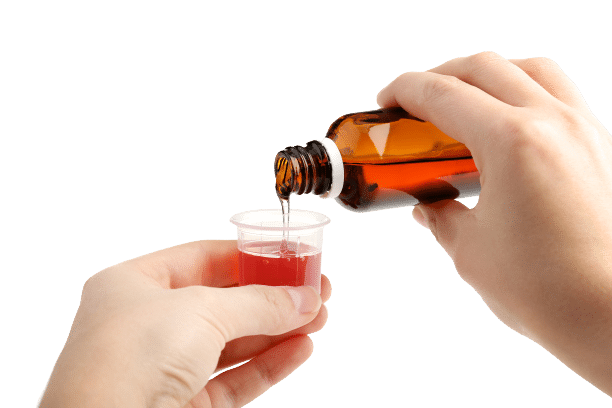
Medically, DXM isn’t an opioid; therefore, it offers no pain-killing effects. As well as combatting coughs, DXM can act as a sedative, thus making it easier for people to sleep.
The euphoric and psychedelic high experienced with large doses of DXM is the primary reason why many people use DXM recreationally.
Will DXM Harm My Health?
DXM has a high potential for substance abuse and dependency. When taken within the recommended dosing range, few people will experience any significant side effects.
Some users may be allergic to DXM and may experience sweating, skin rashes, and difficulty breathing. If you experience any of these side effects, seek out medical attention immediately.
Extremely high doses of DXM pose a danger to your health, with common side effects being extreme sedation, suppressed breathing, and an increased risk of a heart attack.
The main side effects of consuming too much DXM include the following:
- Nausea
- Constipation
- Drowsiness
- Sedation
- Confusion
- Nervousness
- Hallucinations
The effects of DXM kick in between 30-60 minutes after consuming DXM. The peak of the effects takes 2-4 hours to reach. Factors like dosage, BMI, and other ingredients within the OTC medication determine how quickly the effects kick in [1].
Apart from the chances of experiencing an overdose, the main risk posed by DXM is the risk of dependency and addiction.
What is Kratom?
Kratom is a plant found throughout Southeast Asia. Traditionally, it’s been used in Southeast Asian folk medicine. In recent years, kratom usage rates have exploded in the U.S.
Despite not being FDA-approved, there’s no nationwide ban on the substance and kratom is legal. It can be bought both online and in alternative health stores.
Kratom users can consume it by eating the fresh leaves in food, brewing the leaves into tea, or swallowing capsules and pills.
The plant owes its effects to the high levels of the alkaloids contained within the leaves. There are over a dozen active alkaloids, but the most pharmacologically relevant are mitragynine and 7-hydroxymitragynine.
There are three major strains of kratom, denoted by the colors of the veins in the leaves. The varying colors arise from differing levels of alkaloids.
Here are the three primary kratom strains and their effects:
Red Kratom
Red vein kratom offers full-body relaxation and moderate pain relief. By far the most potent strain of kratom available for managing pain.
Green Kratom
Green vein kratom enhances energy levels. These strains offer both stimulating and sedative effects. The effects can vary a lot but usually start off feeling energetic and finish with more sedative effects.
White Kratom
White vein kratom is considered less potent than the other two strains. It offers feelings of euphoria and physical/mental calmness. Most similar to drinking large amounts of caffeine.

What are the Effects of Kratom?
Kratom shares some similarities with DXM at high doses. However, kratom comes without the same health risks associated with overdosing and addiction.
Additionally, kratom has effects not found with DXM:
- Enhanced concentration
- Pain relief
- Improved mood
- Increased energy levels
- Reduces symptoms of insomnia
- Feelings of euphoria
Recreational users of DXM report far more potent highs than with kratom. Kratom is far more subtle, and users can continue to function in their daily lives without any ill effects.
Take note, not all of the above effects can be found in every kratom strain. This is why it’s important to do your research before purchasing and consuming kratom.
What are the Side Effects of Kratom?
Like DXM, there are some side effects associated with kratom. Most people who consume no more than 10 grams of kratom daily will not experience any side effects.
The chances of kratom side effects increase with higher dosage levels.
Here are the most commonly reported side effects of kratom:
- Dizziness
- Dry mouth
- Headaches
- Increased heart rate
- Nausea
- Paranoia
- Stomach cramps
- Vomiting
Serious side effects from kratom are rare. There have been some incidents where people have died from kratom exposure, but these numbers are extremely small.
For example, between 2011 and 2017, 11 people died from a kratom product that was adulterated with tramadol. The biggest risk of kratom isn’t the kratom itself, but what unethical vendors might mix in with the kratom to “make it stronger.”
This is precisely why you should always order your kratom from a reputable source.
There have been almost no cases where someone has died solely from kratom exposure. Kratom is self-limiting. If you take too much, it makes you nauseous. If you keep taking it, you’ll throw up long before you ever reach toxic levels of kratom.
Compared to DXM, kratom is considerably safer and much easier to use responsibly.
There is a small risk of dependency and addiction to kratom, but this can be avoided through practicing safe consumption and monitoring your dosage.
Related: How to quit kratom.
We recommend taking no more than 10 grams daily and consuming kratom no more than four times per week.
Can You Take Kratom & DXM Together?
There are a lot of reports online of people mixing kratom and DXM together for the sake of kratom potentiation. The idea is that both kratom and DXM rely on the same enzymes in the liver that neutralizes them, so the combination makes the effects of both last longer and hit harder.
Additionally, both provide a similar euphoric high when taken together. Users report taking the two together with the idea of enjoying the best of both worlds.
However, this is incredibly dangerous.
High levels of dissociative sedatives like kratom and DXM can cause the body’s brain function and breathing rates to slow down. This can potentially lead to critical organ failure and death if left untreated by a medical professional. You’re much more likely to experience serious side effects of DXM when mixing it with other sedatives like kratom.
Although the mechanisms of both substances don’t interact with each other, the resulting effects can pose a serious health risk.
We don’t recommend consuming both substances together despite what others are recommending online.
Comparing The Top Kratom Brands
| Top Kratom Vendors | Pros | Cons | Coupon Codes & Discounts |
| Kona Kratom | • Extensive product lineup • Fresh batches • Consistently high product potency • Exceptionally fast shipping • AKA certified | • Only ships within the US | Use KRATOMORG for 15% off |
| Star Kratom | • Most Affordable • Selection of rare kratom strains • AKA certified | • Less selection than other popular vendors | Use KRATOMORG for 10% off |
| VIP Kratom | • Specializes in premium kratom • Options for capsules & raw powder for most strains • AKA certified | • Premium products mean premium pricing | Use KRATOM10 for 10% off |
Final Thoughts: Are Kratom and DXM Safe to Take?
The reality is DXM is designed to act as a cough suppressant and sleep aid. Exceeding recommended dosages is risky and could lead to an overdose, where death is a very real possibility.
Dependency and addiction is also a major risk associated with DXM. High doses can be addictive, and there have been many ongoing concerns over the fact 1 in 20 teenagers are reported to have used DXM for recreational purposes.
Kratom is a safe substance and comes with minimal risk of dependency and addiction. Unlike DXM, it comes with many health benefits beyond feelings of euphoria.
Despite there being some truth to the reports that mixing DXM with kratom can enhance the effects, taking both substances together is incredibly dangerous. This combination is not something we recommend trying for any reason.
- Reissig, C. J., Carter, L. P., Johnson, M. W., Mintzer, M. Z., Klinedinst, M. A., & Griffiths, R. R. (2012). High doses of dextromethorphan, an NMDA antagonist, produce effects similar to classic hallucinogens. Psychopharmacology, 223(1), 1-15.


